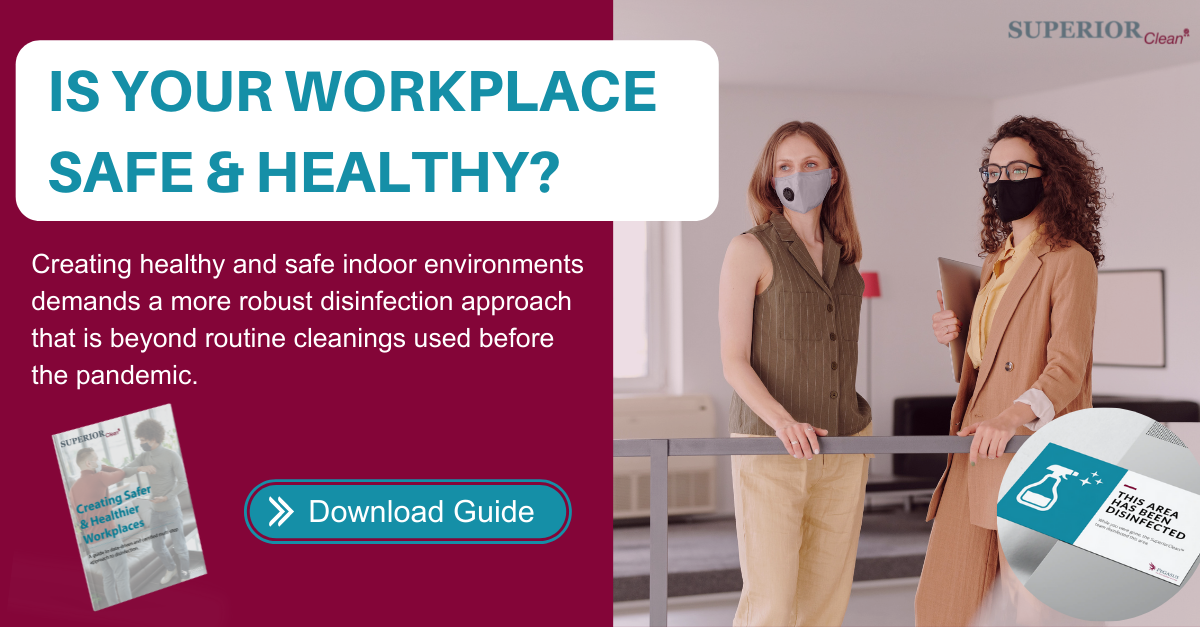As more and more businesses around the country move to reopen their doors, facility managers can’t afford to sit on their hands. While many of the challenges of facility management are the same as ever, the pandemic has either sharpened its importance or introduced other challenges that weren’t there before. The CDC workplace guidelines for reopening are an invaluable source of information to help you get the lights back on and keep safe and healthy employees in record time. Keep these things in mind as you move closer to reopening:
Inspect the Facility Thoroughly After a Shutdown
A lot can go wrong in a facility, even while no one uses it. If your team has been working from home for a period of time, your building will need a thorough inspection for various hazards that might have sprung up in the interim. That can mean:
- Growths of mold
- Stagnant water
- Pests like rodents or insects
- Heating, ventilation, and air conditioning (HVAC) maintenance
- Electrical wiring and appliances
It’s especially important to inspect your facility’s water supply if you haven’t used it in a while. Just a few weeks can be enough to cause Legionella, the cause of Legionnaire’s disease, to contaminate your water. The CDC’s Environmental Health Services page contains essential information for facility managers who need to develop a water management program before reopening.
Perform a Hazard Assessment
The Occupational Safety and Health Administration (OSHA) recommends that you begin making a space COVID safe with a thorough hazard assessment. That means walking through the premises to identify areas where people congregate the most and are touched more frequently than others. Break rooms, check-in areas, elevators, vending machines, and others could all potentially become trouble spots, especially if someone on your team was exposed recently.
If you employ maintenance or janitorial staff, communicate to them the needs of the workplace and make your expectations as straightforward as possible. There may be a good deal of flexibility needed from all parties, particularly if you need to shift to a hybrid office model that rotates different employees in and out of the office on different days.
Build Rigorous Hygiene Protocols
Employers and employees themselves have the greatest role to play in maintaining a healthy work environment. Employees need accessible cleaning stations for essential tasks like regularly washing and drying their hands. Hand sanitizers, if you use them, need to contain at least 60% alcohol to be effective.
Communicate to employees that they should stay home if they or a family member have any symptoms of COVID-19. The CDC lists recommended steps for anyone showing symptoms of COVID that include guidance for home isolation and when to seek medical attention.
The CDC also recommends that you conduct daily health checkups with your team, either in-person or virtually. That can mean either a quick chat to see how everyone is feeling or perhaps even temperature screenings before anyone steps into the facility. Remind employees also about current social distancing guidelines and create policies that avoid them gathering in groups any more than is needed.
Review the CDC’s General Business FAQ page for more information on maintaining covid safety during the reopening phase.
Keep a Clean Work Environment
The CDC guidelines for cleaning and disinfecting your facility recommend a multi-tiered approach to keeping a safe workspace. As long as none of your employees is known to have had or been exposed to COVID-19, it suffices to clean once a day to remove any viral particles that could accumulate on surfaces. That said, some circumstances will call for more frequent cleaning, such as:
- When some office areas are particularly more heavily trafficked than others.
- There’s been a recent spike in transmission rates in your area.
- Several employees are immune-compromised and at higher risk of illness.
How you clean will depend on your facility’s specific layout. Prioritize surfaces that are touched a lot since, in general, that signifies a higher risk of contamination.
What about Disinfecting?
Disinfection isn’t practical every single day, but it’s an important step to take whenever someone has tested positive for COVID or become sick in the last 24 hours. Only use disinfection products in accordance with their safety labels and take care not to use them on the wrong surfaces. EPA List maintains a list of disinfectant products known to be effective against COVID-19.
Many disinfectant products are only meant to be used alongside personal protection equipment (PPE), like gloves or goggles. Pegasus’s SuperiorClean™ Program, for instance, uses only disinfectants registered with the EPA regularly clean door handles, seating areas, kitchen spaces, and other highly trafficked places in your facility.
Commercial cleaning has always been necessary for businesses, but few ever expected it to become as vital as it has in the last year. Especially with the shift of some companies to hybrid workplaces, you must also consider the challenges that come along with Hybrid Workplace Cleaning. While it’s important at this time to understand the CDC guidelines for workplace reopening, the depth of information available can feel justifiably overwhelming. Pegasus offers a wide range of commercial building inspection, cleaning, disinfection, and decontamination services to help you get up and running and stay that way. Contact us today to start planning a cleaning framework for your facility.






